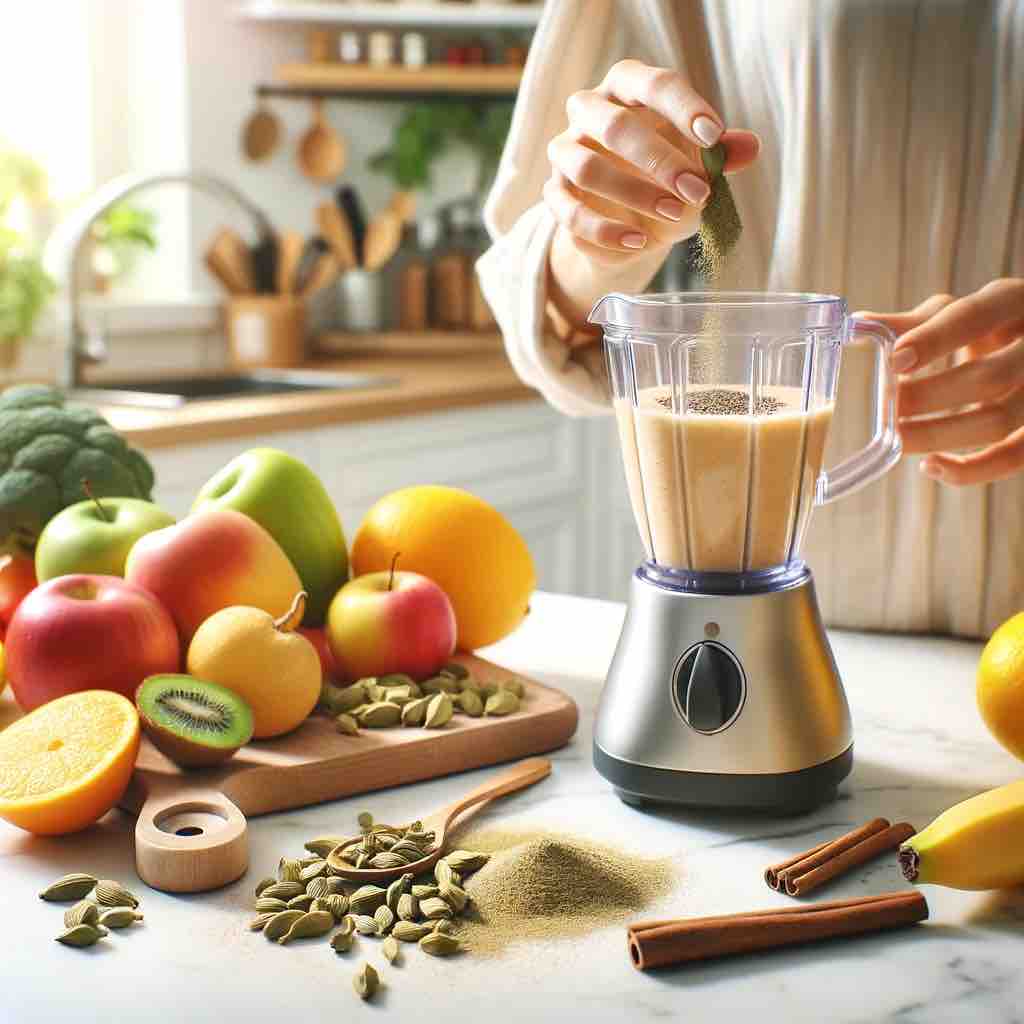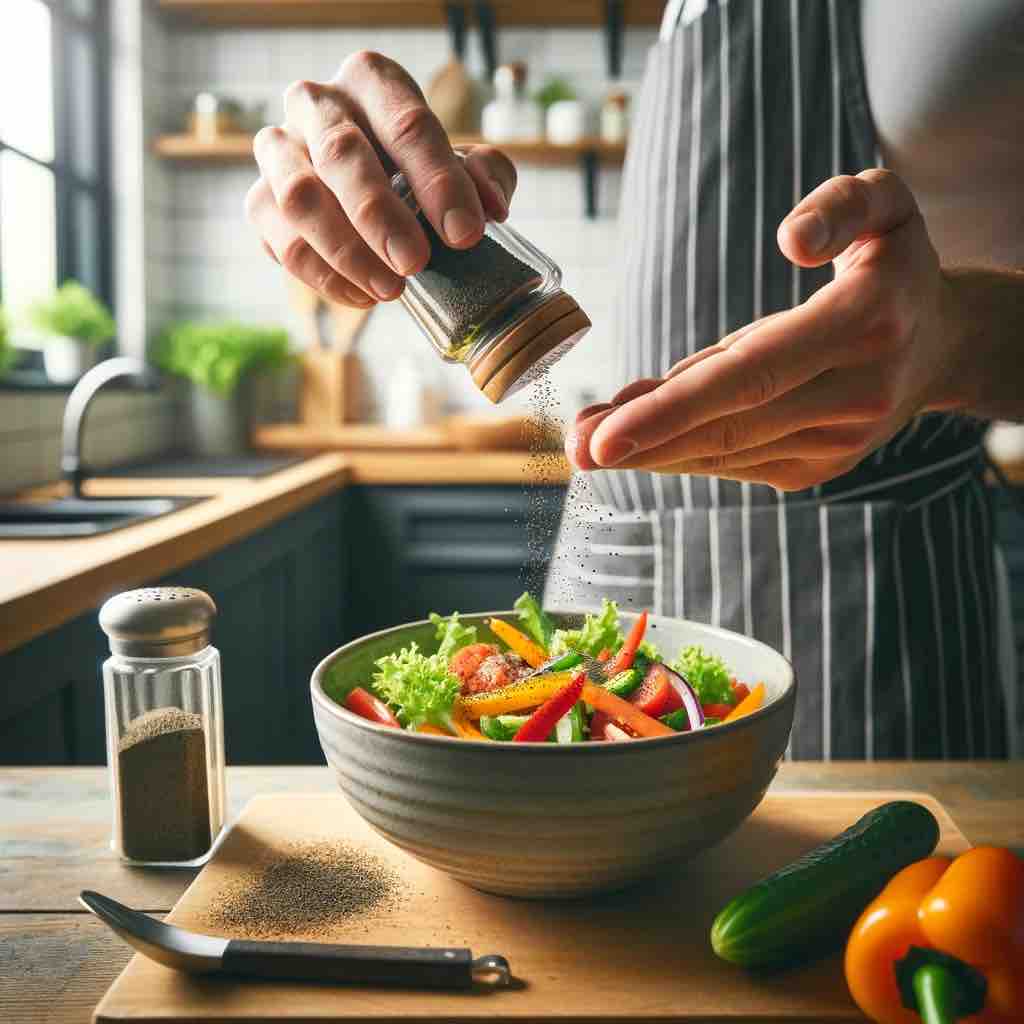
Cardamom, a spice revered for its intoxicating aroma and depth of flavor, has emerged as a natural ally in the journey towards weight loss and sustainable health management. This comprehensive exploration delves into cardamom’s potential as a multifaceted aid in weight loss, examining its metabolism-boosting capabilities, digestive support, and its role in enhancing satiety and overall well-being. Let’s delve into the secrets of cardamom and embrace its aromatic allure on the path to a healthier, more balanced lifestyle.
Understanding Cardamom’s Impact on Weight Loss
Cardamom’s journey from ancient spice cabinets to modern weight loss regimens is fascinating, attributed to its rich array of natural compounds. Here’s how cardamom stands out:
- Metabolism-Boosting Potential: Discover cardamom’s ability to enhance metabolic rate through its active compounds like cineole and limonene, facilitating calorie burning and contributing to weight loss.
- Digestive Support and Enhanced Nutrient Absorption: Cardamom’s essential oils, including alpha-pinene and terpinen-4-ol, stimulate the digestive system, improving nutrient absorption and preventing discomfort.
- Blood Sugar Regulation: Cardamom may play a role in maintaining stable blood sugar levels, crucial for managing cravings and supporting weight loss.
Cardamom-Infused Recipes for Weight Management
Integrating cardamom into your diet can elevate not just the nutritional value but also the flavor profile of your meals:
- Energizing Cardamom Green Smoothie: Kickstart your day with a blend of leafy greens, fruits, and a hint of cardamom.
- Spiced Cardamom Roasted Vegetables: Roast your favorite veggies with a sprinkle of cardamom for a savory twist.
- Creamy Cardamom Overnight Oats: Combine oats, almond milk, chia seeds, and cardamom for a ready-to-eat breakfast.
- Cardamom-Infused Quinoa Salad: A light salad with quinoa, veggies, herbs, and a cardamom dressing, perfect for a nutritious meal.
Lifestyle Factors for Optimal Weight Management
While cardamom is a valuable tool in your weight loss arsenal, adopting a holistic approach that includes mindful eating, regular physical activity, and stress management is essential:
- Mindful Eating Practices: Learn to enjoy cardamom-infused meals mindfully, paying attention to portion sizes and satiety cues.
- Regular Physical Activity: Find enjoyable activities that complement your diet for overall wellbeing.
- Stress Management and Sleep: Techniques like meditation or yoga can support a balanced weight by managing stress and ensuring quality sleep.
Conclusion
Cardamom’s journey from a beloved spice to a weight loss ally highlights its enduring appeal and multifunctional benefits. By incorporating cardamom into your diet and embracing a balanced lifestyle, you unlock nature’s power to support your weight loss goals. Let cardamom be more than just a flavor enhancer; let it be your partner in achieving a healthier, more vibrant self. Embrace the aromatic wonders of cardamom and enjoy its delightful flavors as you navigate your path to healthy and sustainable weight loss.













